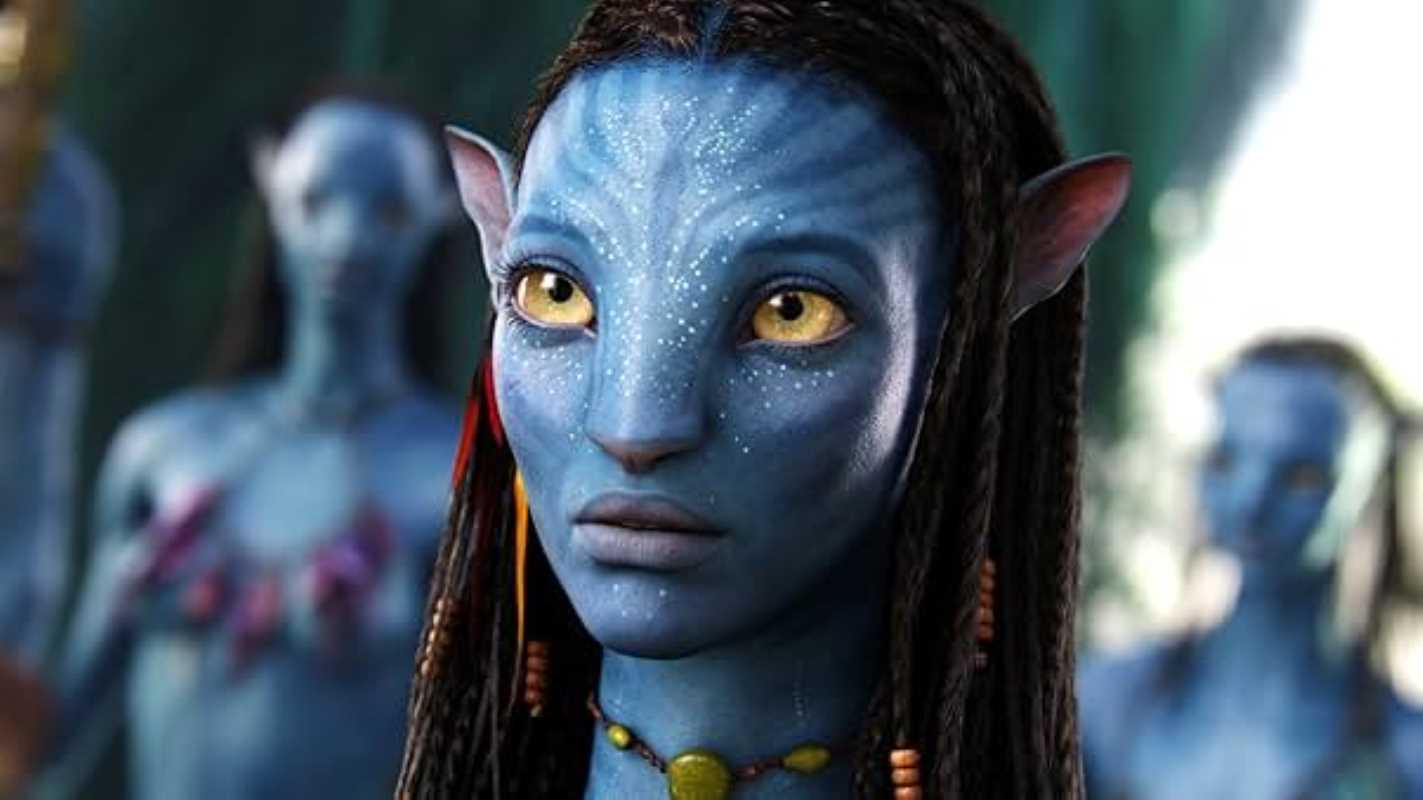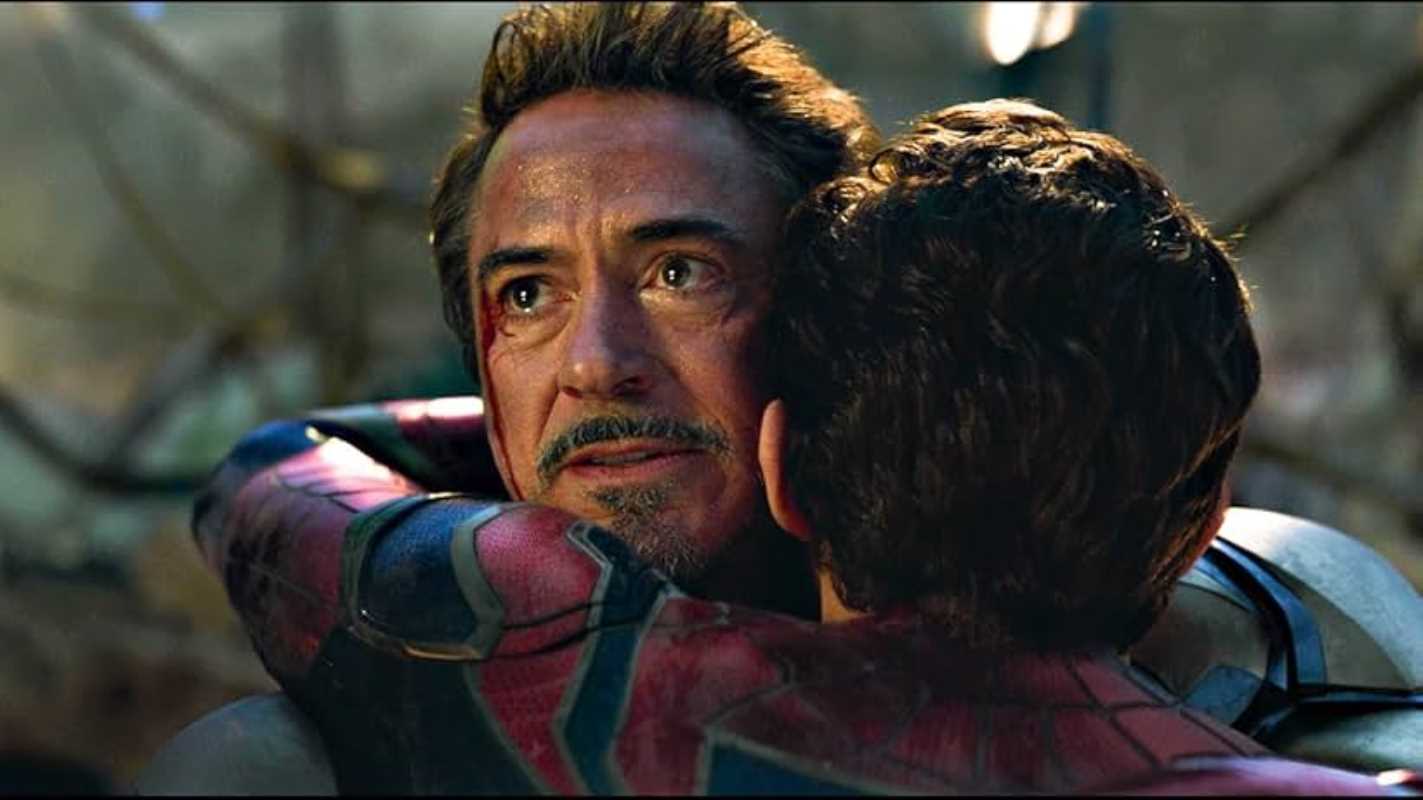Picture this: you’re sitting in a theater, popcorn in hand, watching dazzling explosions and jaw-dropping special effects light up the screen. Ever wonder what that all costs? Making movies, especially big blockbusters, can cost more than the net worth of some small nations. And although many big-budget films bring in billions, others fall flat at the box office. It raises a compelling question for Hollywood and fans alike: are these massive investments worth it? Some productions reap massive rewards, while others serve as cautionary tales of excess. Join us as we explore the most expensive films in history, break down where all the money went, and decide if these cinematic gambles paid off, or if they bombed harder than a bad CGI scene.
What Makes a Movie so Expensive?
Before we look at specific examples, it’s helpful to know why some films cost so much to make. Special effects, especially CGI (computer-generated imagery), are among the biggest expenses. Think fire-breathing dragons or entire worlds created from scratch. Superhero movies, for instance, rely heavily on this technology. Then there are A-list actors who command hefty paychecks—we’re talking tens of millions of dollars per star. Another often overlooked cost is marketing. Studios sometimes spend more on advertising than on the film itself, pushing trailers, posters, and TV spots worldwide. Add to that elaborate set designs, action-packed stunt sequences, costumes, and reshoots, and the budget can skyrocket before you know it.
Now, let’s look at some of the most expensive films to grace the silver screen.
1. Pirates of the Caribbean: On Stranger Tides (2011)
Cost: $410.6 million (gross); $378.5 million (net)
Box Office: $1.046 billion
Holding the record as the most expensive movie of all time, Disney’s Pirates of the Caribbean: On Stranger Tides went all out. The budget ballooned due to high-caliber 3D filming techniques, elaborate costumes, and extensive location shoots featuring real ships. Johnny Depp also took home a massive payday of $55 million for reprising his role as Jack Sparrow.
Financially, it was definitely worth it. The movie grossed over $1 billion worldwide, ensuring Disney made a profit. However, critics and fans were less enthusiastic. Many felt the film lacked the charm of its predecessors, reducing its lasting impact despite its success at the box office.
2. Avengers: Endgame (2019)
Cost: $356 million
Box Office: $2.798 billion
Marvel pulled out all the stops for Avengers: Endgame, the grand finale to a saga more than a decade in the making. From enormous ensemble casts to cutting-edge digital effects, every penny went toward delivering a spectacle fans were eagerly anticipating.
The film was worth every penny. It raked in almost $2.8 billion and became the second-highest-grossing movie of all time. Fans and critics alike praised its emotional depth, incredible action scenes, and satisfying resolution. This was a rare case where every dollar spent felt wholly justified by the final product.
3. Waterworld (1995)
Cost: $175 million (about $300 million today, adjusted for inflation)
Box Office: $264 million
Back in the ’90s, Waterworld was infamous for its bloated budget. The production faced massive logistical challenges, including expensive floating sets and unpredictable weather. Kevin Costner’s salary and some costly reshoots didn’t help either.
The concept of a post-apocalyptic, water-logged Earth was ambitious, but the film didn’t live up to the hype. Critics panned it, and while it eventually broke even worldwide, it was branded a financial flop for its relative underperformance. Over time, the movie gained a small cult following, proving that even “sunk” projects can stay afloat with fans.
4. Justice League (2017)
Cost: $300 million
Box Office: $657.9 million
DC’s Justice League was supposed to be their answer to Marvel’s Avengers, but issues plagued production. After Zack Snyder stepped down and Joss Whedon took over, a major portion of the budget went to reshoots. The extensive use of CGI also contributed significantly to costs.
The film made just under $660 million worldwide, which was not enough for DC’s big superhero ensemble to be considered a hit. Critics saw it as half-baked, with an uneven story and forgettable villains. Warner Bros. later funded Zack Snyder’s Justice League, a 4-hour director’s cut that won better reviews, but it wasn’t enough to erase the original’s underwhelming legacy.
While some fans loved Snyder’s version, the overall returns suggest this was one gamble that didn’t pay off.
5. Avatar (2009)
Cost: $237 million
Box Office: $2.923 billion
When James Cameron set out to make Avatar, the technology to bring his vision to life didn’t even exist. The massive budget was necessary to develop pioneering motion-capture techniques and breathtaking 3D visuals. Audiences had never seen anything like the lush, alien world of Pandora.
And it paid off. Avatar became the highest-grossing movie of all time, a title it still holds. It didn’t just dominate at the box office; it influenced a generation of filmmakers and proved that investing in innovative technology can yield extraordinary results. This is a textbook example of a huge risk leading to astronomical rewards.
At its core, money only gets you so far in filmmaking. Audiences come for the excitement, sure, but they stay for the story. Visuals and action can only do so much if the characters and plot don’t resonate. Hollywood may continue dreaming big and building massive budgets, but as movie lovers, we know that it’s the stories and emotions behind the dollars that make a film truly worth it.
 (Image via
(Image via

.jpeg)



